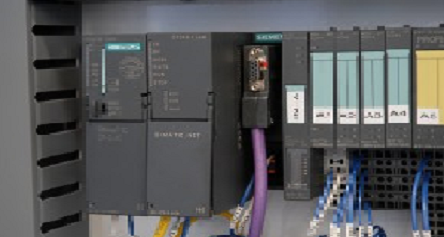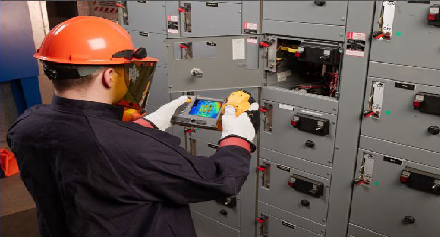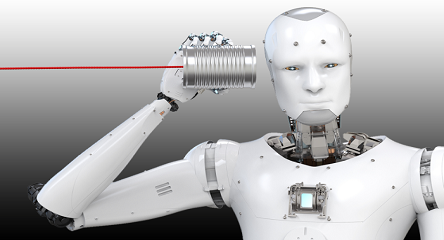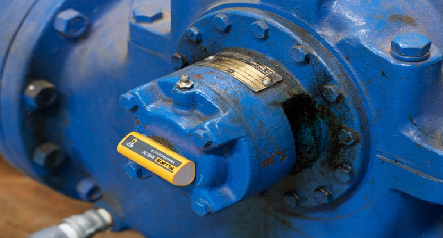Designing a Wind Turbine: The DNA Process
The DNA design of a wind turbine follows a certain process, whether it is a 1, 2, or 9 megawatt turbine.
First, we estimate the tower top mass. No one yet knows the gearbox, main shaft, blade length, generator capacity, etc. Say you need a 2 MW turbine—you need to decide on your gearbox for a 2 MW and what the generator could be. Discuss this with your suppliers, get the weight details, and try to estimate the tower top mass. You will have to go through a loop here, answering questions about whether the tower top mass meets your criteria or not.
Then you decide on the shell thickness of the tower, from bottom to top. The nacelle tower top mass is much like the cumulative weight of a main shaft, main frame, gearbox, generator, etc.
Once we build the complete tower, we do a modal analysis/natural frequency using software, with foundation and without foundation. The foundation is critical because soil stiffness varies. It has to be calculated by the local soil consultant. Then we calculate how the natural frequency behaves in relation to the rotor and the blades.
If the natural frequency matches the rotor or blade frequency, we try to change the shell thickness. We try to maintain the tower natural frequency plus or minus 10% of its natural frequency. Once you’ve decided on shell thickness and height, you can do a parameterization study, and that’s how different kinds of wind turbine power tubular design take place. You can probably design the effects of different powers in a week.
For example, a turbine that was just commissioned gives about 16,000 units of power per year. The blade is 24 meters long. The hub height is at 70.4 meters. The nacelle is a bit tilted to make sure the blade does not touch the tower. There should be at least 1 meter of clearance between the tip of the blade and the taper region.






